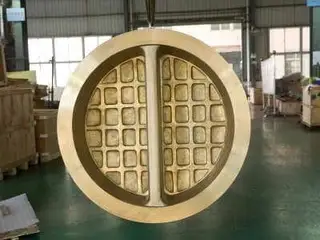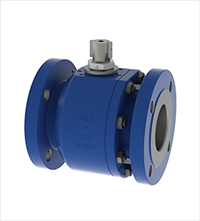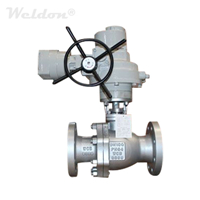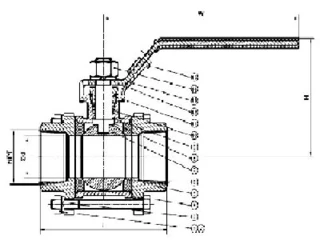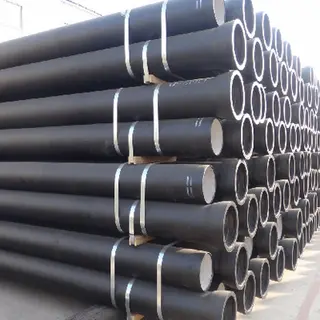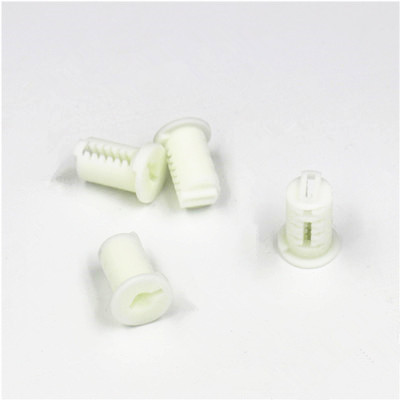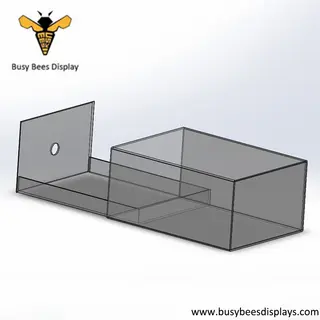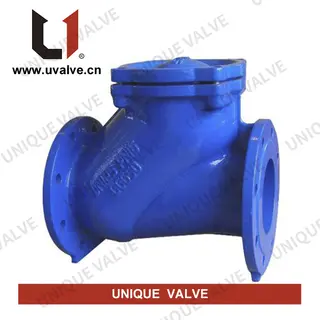The application of 3D printing in the shipbuilding industry (Part five)
In addition to MAN Energy Solutions, other engine manufacturers are also cautious and optimistic about 3D printing. For example, the two world famous engine manufacturers MTU and Wärtsilä said that they have not used 3D printing technology. However, the two companies are likely to act like MAN Energy Solutions and pay close attention to the development of 3D printing technology.
Although 3D printing technology is currently not suitable for directly manufacturing engine components, it can be used for printing complicated casting molds which can produce metal castings of engines. Direct printing metal parts is a difficult problem which need to be solved in the next stage. In this way, the casting process will not be required. You should know that the casting process is not only costly, but also certainly not as accurate as 3D printing.
3D printing boat models
Besides using 3D printing technology on board, the application of 3D printing technology on the shore is also increasing. For example, ship models for conventional pool testing and aerodynamics testing are manufactured. A team has successfully produced a large-scale and complex US Navy Hospital Ship (T-AH 20) model using 3D printing technology in the Naval Surface Warfare Center (NSWC) in Carderock, USA. This ship is produced to test wind power on the ship, improving the safety of the helicopter operation. The ship model is not only well-made, but also significantly faster than the manual operation method, because the printer can work 24 hours a day. The engineers in the team said that using 3D printing to produce ship model is just like adding wings to a tiger, giving them unprecedented capabilities to make faster, more accurate and lower cost ship models. However, the 3D printing ship model is not an easy task. In addition to the appearance structure, engineers also need to use the expertise of dynamics, mechanical and electrical engineering to deal with every detail of the model, meeting the standard requirements.
3D printing propellers
For complex modern propellers, 3D printing also has a relatively optimistic development prospect, because the development of composite propellers in this field is very slow. And this is precisely the advantage of 3D printing.
At the beginning of 2016, two foreign creators tried to make marine propellers with 3D printers, which is a good start for 3D printing in the field of propeller manufacturing. They chose four materials such as ABS, wood/PLA, polycarbonate and carbon fiber PLA to product propellers in order to make propellers bear the engine's powerful thrust and rich salt marine environment. First, the appearance of the propeller was obtained by three-dimensional scanning, and then used CAD software to design the inner part; later, printed the four different kinds of propellers. Surprisingly, the carbon fiber PLA which claims to have better strength than that of the metal failed the test onshore. The propellers made of ABS and polycarbonate printed by the 3D printer were acceptable, and the performance of the wood/PLA propeller was very perfect. When the propellers were tested at sea, the ABS propeller was slightly cracked. The wooden/PLA propeller failed this round of testing, and it was directly broken under the propulsion of the motor. The polycarbonate propeller worked very well. It not only could bear the powerful thrust of the motor, but also could keep the same in the harsh boating environment. Although the propeller power of this 3D printing was only 15 hp, it showed the importance of material selection. It doesn’t mean that materials with good strength is more applicable. Only by testing the model, can we find the most suitable one.
To be continued...
Although 3D printing technology is currently not suitable for directly manufacturing engine components, it can be used for printing complicated casting molds which can produce metal castings of engines. Direct printing metal parts is a difficult problem which need to be solved in the next stage. In this way, the casting process will not be required. You should know that the casting process is not only costly, but also certainly not as accurate as 3D printing.
3D printing boat models
Besides using 3D printing technology on board, the application of 3D printing technology on the shore is also increasing. For example, ship models for conventional pool testing and aerodynamics testing are manufactured. A team has successfully produced a large-scale and complex US Navy Hospital Ship (T-AH 20) model using 3D printing technology in the Naval Surface Warfare Center (NSWC) in Carderock, USA. This ship is produced to test wind power on the ship, improving the safety of the helicopter operation. The ship model is not only well-made, but also significantly faster than the manual operation method, because the printer can work 24 hours a day. The engineers in the team said that using 3D printing to produce ship model is just like adding wings to a tiger, giving them unprecedented capabilities to make faster, more accurate and lower cost ship models. However, the 3D printing ship model is not an easy task. In addition to the appearance structure, engineers also need to use the expertise of dynamics, mechanical and electrical engineering to deal with every detail of the model, meeting the standard requirements.
3D printing propellers
For complex modern propellers, 3D printing also has a relatively optimistic development prospect, because the development of composite propellers in this field is very slow. And this is precisely the advantage of 3D printing.
At the beginning of 2016, two foreign creators tried to make marine propellers with 3D printers, which is a good start for 3D printing in the field of propeller manufacturing. They chose four materials such as ABS, wood/PLA, polycarbonate and carbon fiber PLA to product propellers in order to make propellers bear the engine's powerful thrust and rich salt marine environment. First, the appearance of the propeller was obtained by three-dimensional scanning, and then used CAD software to design the inner part; later, printed the four different kinds of propellers. Surprisingly, the carbon fiber PLA which claims to have better strength than that of the metal failed the test onshore. The propellers made of ABS and polycarbonate printed by the 3D printer were acceptable, and the performance of the wood/PLA propeller was very perfect. When the propellers were tested at sea, the ABS propeller was slightly cracked. The wooden/PLA propeller failed this round of testing, and it was directly broken under the propulsion of the motor. The polycarbonate propeller worked very well. It not only could bear the powerful thrust of the motor, but also could keep the same in the harsh boating environment. Although the propeller power of this 3D printing was only 15 hp, it showed the importance of material selection. It doesn’t mean that materials with good strength is more applicable. Only by testing the model, can we find the most suitable one.
To be continued...
Send your message to this supplier
Related Articles from the Supplier
Related Articles from China Manufacturers
Exploring the Versatility of Slab Gate Valves
- Dec 12, 2023
What Is the Cracking Pressure of Check Valves?
- May 19, 2023
The Sealing Principles of the Valve (Part Two)
- Jan 23, 2021
Related Products Mentioned in the Article
EKS(Xiamen)Precision Industry Co., Ltd
- Address: 中国福建省厦门市集美区灌口镇深青工业园后山头29号
- Phone: 86-0592-6360601
- Business Type: Industry & Trading, Manufacturer,
Supplier Website
Source: http://www.junyingmetal.com/the-application-of-3d-printing-in-the-shipbuilding-industry-part-five.html






